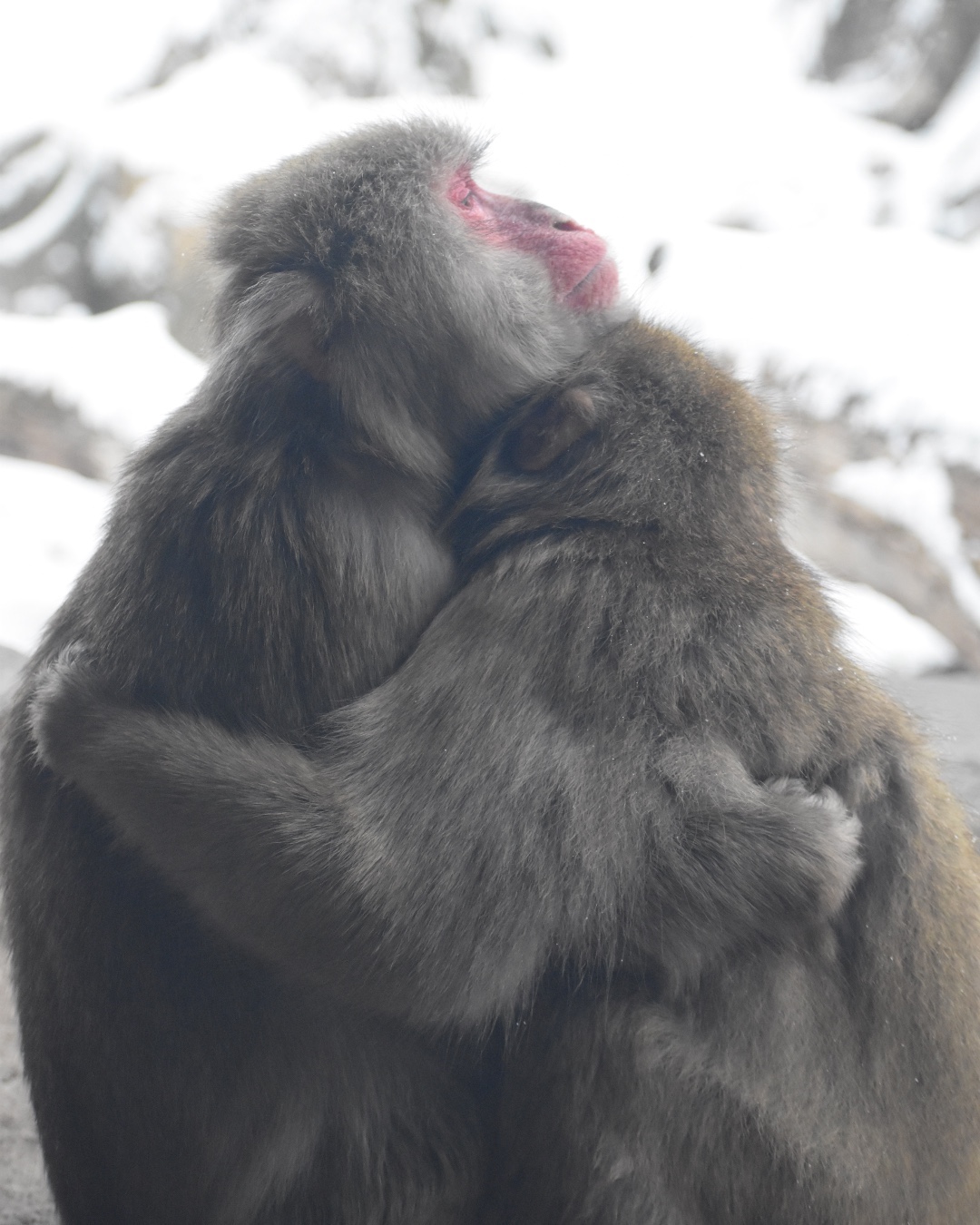- Explore the whimsical side of social media with a focus on animals, conservation, and wildlife-friendly living.
- Understand the role of social media in promoting wildlife conservation and environmental awareness.
- Learn about some fascinating animals and their distinctive traits that capture the attention of online audiences.
- Discover strategies for leading a wildlife-friendly lifestyle and the impact of individual actions on conservation.
- Examine case studies of successful conservation campaigns that have harnessed the power of social media.
Social media is a strange place right now, embroiled in debates and unreal narratives, yet it holds the potential for great positive impact, especially in the realm of wildlife conservation. This digital platform is not just a space for social interactions but a conduit for important conversations about biodiversity, animal behavior, and conservation needs. In the context of ecology and zoology, social media has presented an unprecedented opportunity to engage with a global audience eager to learn about the natural world.
The contemporary digital landscape offers remarkable avenues to introduce the world’s wonders—contributing to raising awareness and foster community-based conservation initiatives. Among the most engaging subjects are animals; they’re irresistibly captivating and often serve as the hook that facilitates broader discussions on ecology and sustainability. Sites like Instagram and Facebook brim with stunning wildlife photography and insightful content about these creatures, driving immense interest.
Consider the animal kingdom, teeming with captivating species, from the stately African elephant to the agile cheetah, each with its own survival story enriched by evolutionary adaptations. These animals become flag-bearers of environmental campaigns, drawing in audiences with the allure of their beauty and uniqueness, while concurrently highlighting issues of habitat loss, climate change, and human-wildlife conflict. Social media becomes the canvas on which their challenges and victories are painted, allowing the narratives of their existence to touch hearts and inspire action.
Highlighting strategies for a wildlife-friendly lifestyle is crucial in these discussions. Content shared on social platforms helps inform people on how to make everyday decisions that support conservation efforts. Suggestions include creating pollinator-friendly gardens, reducing plastic use, supporting ethical wildlife tourism, and prioritizing sustainable products. The emphasis is on actionable steps, where individuals can steadily contribute to protecting wildlife and their habitats.
A compelling aspect is the collaboration of scientific experts and social media influencers, who wield significant power in shaping popular perspectives. Their efforts often translate into successful campaigns that bring pressing issues to light— from single-use plastic bans to anti-poaching drives. For instance, the #SavetheRhinos movement has successfully galvanized international support through a blend of shocking statistics, heartwarming rescues, and strategic celebrity endorsements on platforms like Twitter and Instagram. These campaigns illustrate how tapping into the broad reach of social media can unleash effective conservation actions.
Furthermore, platforms are being creatively leveraged to crowdsource data, gather citizen science observations, and drive crowdfunding for conservation projects. These participatory methods not only broaden scientific data pools in real time but also engage non-scientists in meaningful conservation practices.
So, as we sit amid the strangeness of social media, it is reassuring to know that it is also an arena for innovation and education. It presents endless opportunities to share educational zoological content that captivates and informs. There is a critical role in enhancing scientific literacy, deepening understanding, and securing the future of our planet’s biodiversity.
Indeed, Social media, despite its peculiarities, is a driving force in conservation, a sentiment powerfully encapsulated in the remarkable images captured by wildlife photographers like Priyanka J. and Dianne M., whose work underscores a commitment to an informed, inspired, and wildlife-friendly society.
In this multifaceted ecosystem, our engagement holds the power to propel the momentum for conservation and foster a harmonious coexistence with nature.
*****
Source Description
Social media is a strange place right now, so here are just some really cool and cute animals 💚
We’ll be over here in our corner of the internet talking about animals, conservation, science, and ways to live a wildlife friendly life.
📸Priyanka J., Dianne M.


